Oya History Museum - A Cavern in Time
| Travel Reports by Villagemayor | view profile of Villagemayor |
| previous post |
| next post |
| Note: The opinions and views expressed in this user report are those of the individual author and do not necessarily reflect the opinions and views of japan-guide.com. |
October 29, 2017 - Oya History Museum - A Cavern in Time
A final destination prior to heading back to Tokyo was a trip to the outskirts of Utsunomiya in a play called Oya. I didn't know what to expect here other than a large quarry mine where laborious locals dug huge caverns inside a stone outcrop. I wanted to visit here because I wanted to visit places not many people would want to visit. So now lets go on a tour of the cave system and learn about Oya Stone.
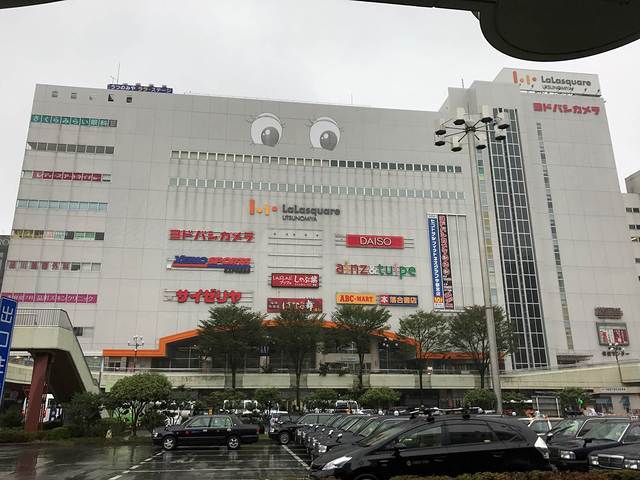
Since my hotel was minutes from the JR Utsunomiya Station, I walked over to the bus terminal to catch the bus. On my way there, I was able to see in plain view, what is probably one of the most ugly and tacky buildings in Japan. This building has eyes!
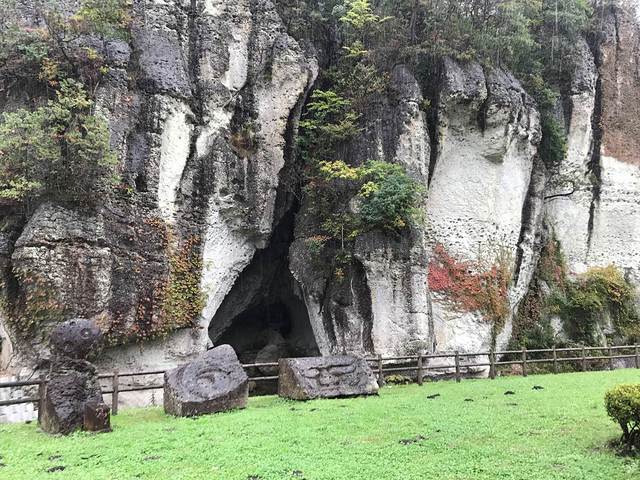
Oya stone is an igneous rock that is produced after mixing lava and ash. What makes the stone valuable is the colour and texture which is rather unique. The stone was quarried mainly in the Edo Period where it was locally used as a building material and paving stone. More importantly however, is the stone was used as a building material for the former Imperial Hotel in Tokyo.
Because the quarry is no longer in operation, the huge cavern has been opened to the public as a museum and education centre.
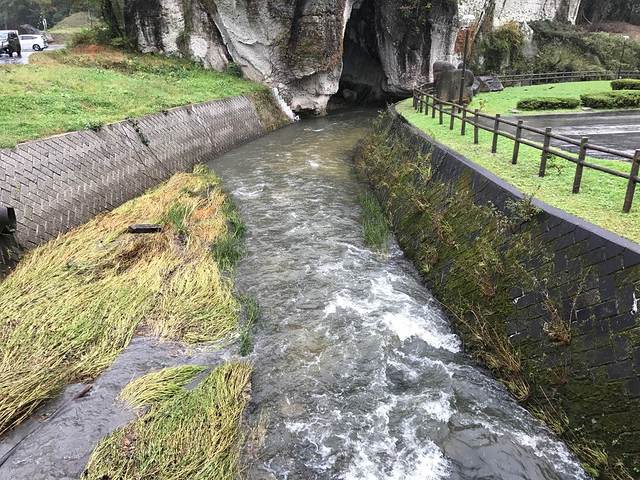
Although the main attraction is the museum itself, the surrounding cliffs is very impressive as shown in the photos here. A stream seems to magically flow and disappear into the cliff.
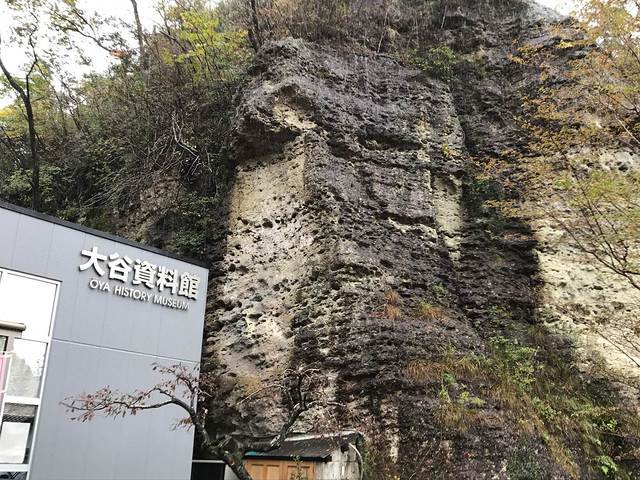
The entrance to the Oya History Museum (大谷資料館) is a small grey boxy building and houses the admission counters, main hall, and a large room containing historical tools and implements. When I was there, there was a contingent of local elderly people. Although I could not understand what they were saying, it appeared one of the guides used to work in the quarry.
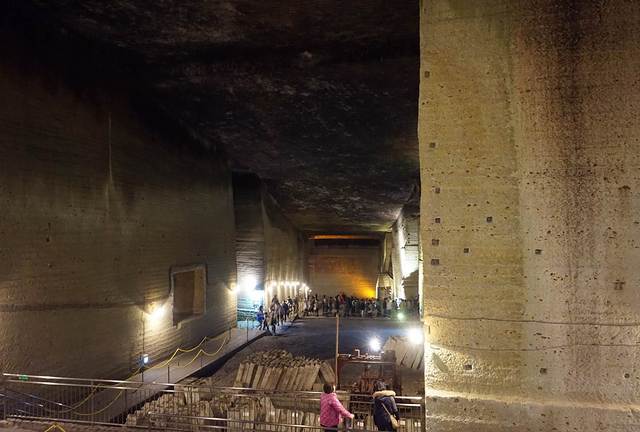
As soon as you pay your ticket and then walk down the winding stone steps, you enter the bottom of the cliffs and into a large cavern. This impressive space is huge and probably spans the length of a football field. The cavern is cool and humid and the staff advises you to wear warm clothing as you enter.

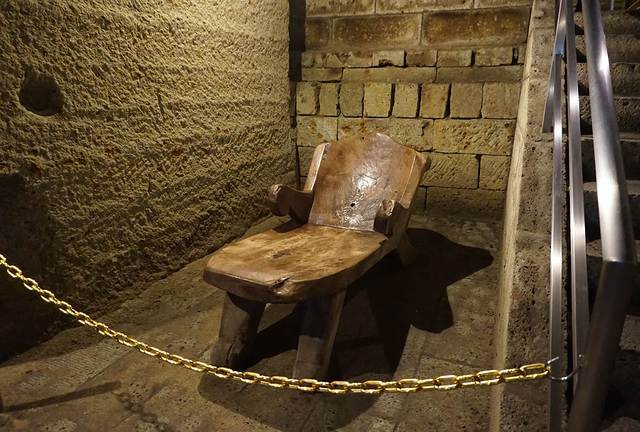
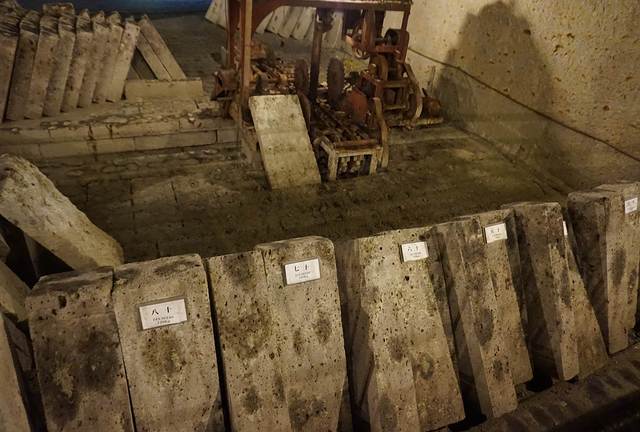
The large space isn't just a play area for tourists. There are numerous artifacts which showcases the individual types or grades of Oya stone, the tools used to create the individual slabs for export, and a few items on how the stone could be used, such as a stone fence.
There are smaller side caverns located on the periphery of the main cavern and these are often closed from access. However, the clever use of lights and shadows using rocks makes for a rather artistic feel.
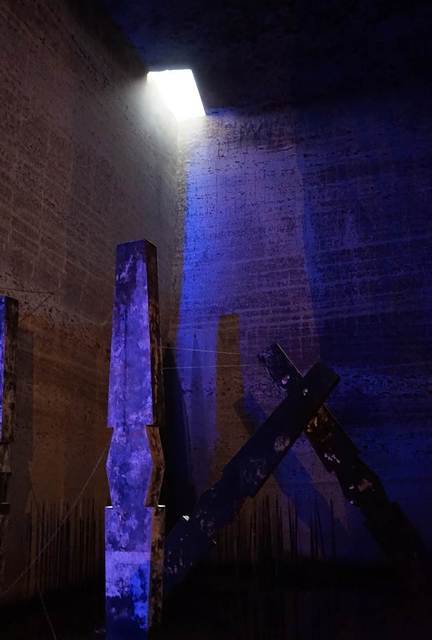
In a few locations in the cave, there are these openings resembling skylights. These are likely there to provide ventilation and oxygen for the workers below. Today however, it is truly a well photographed location as scores of tourists tries to capture the perfect photo. Photos do not do justice, but it appears that heaven is pouring down light into a dark damp cave. With the heavy rain falling outside, you can hear the rain splattering on the rocks, and dribbles of rainwater dripping on the cave floor below.
This tour of the cave overall is highly recommended for some "out of the way" tourist landmark. It is very easy to travel to by municipal bus. Visit the Oya Temple next door but for my trip I did not visit the temple.
That concludes my brief tour of Utsunomiya. See you in the next travel report.
| previous post |
| next post |
